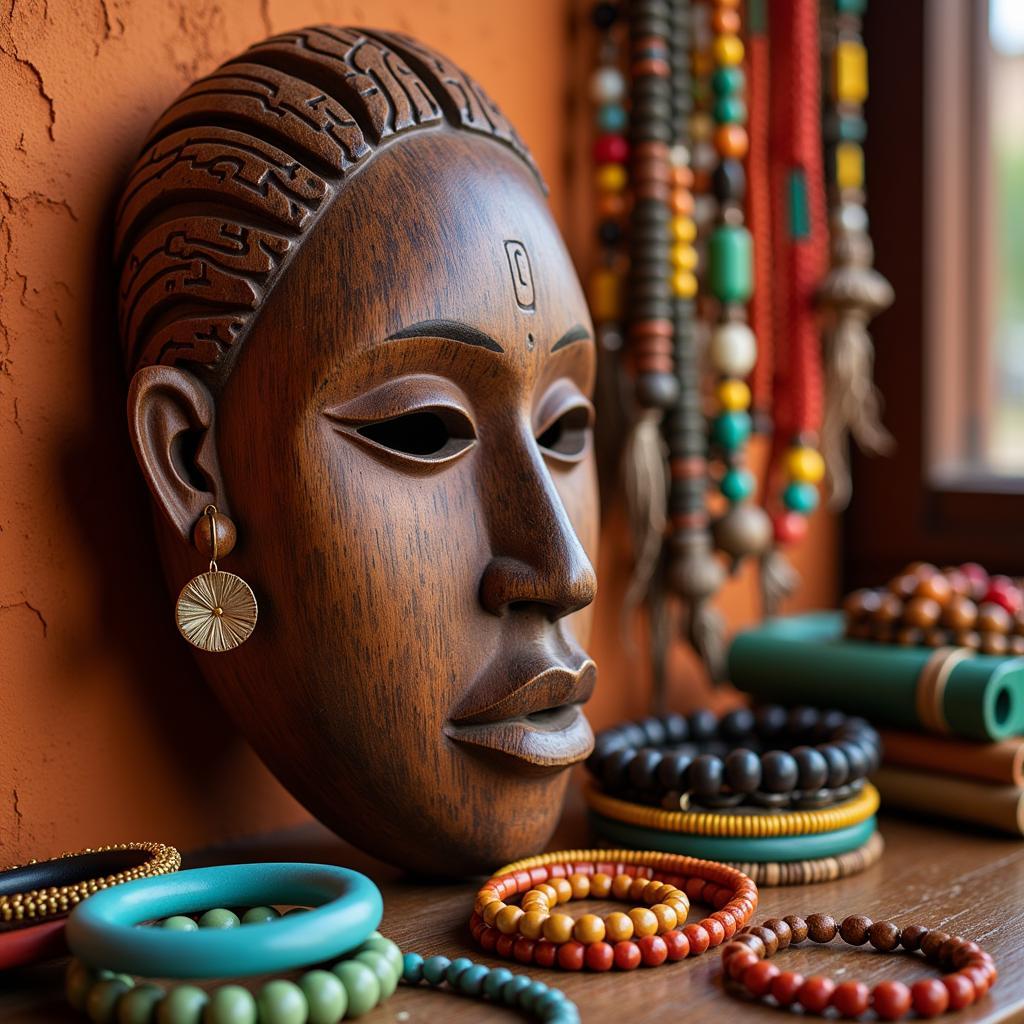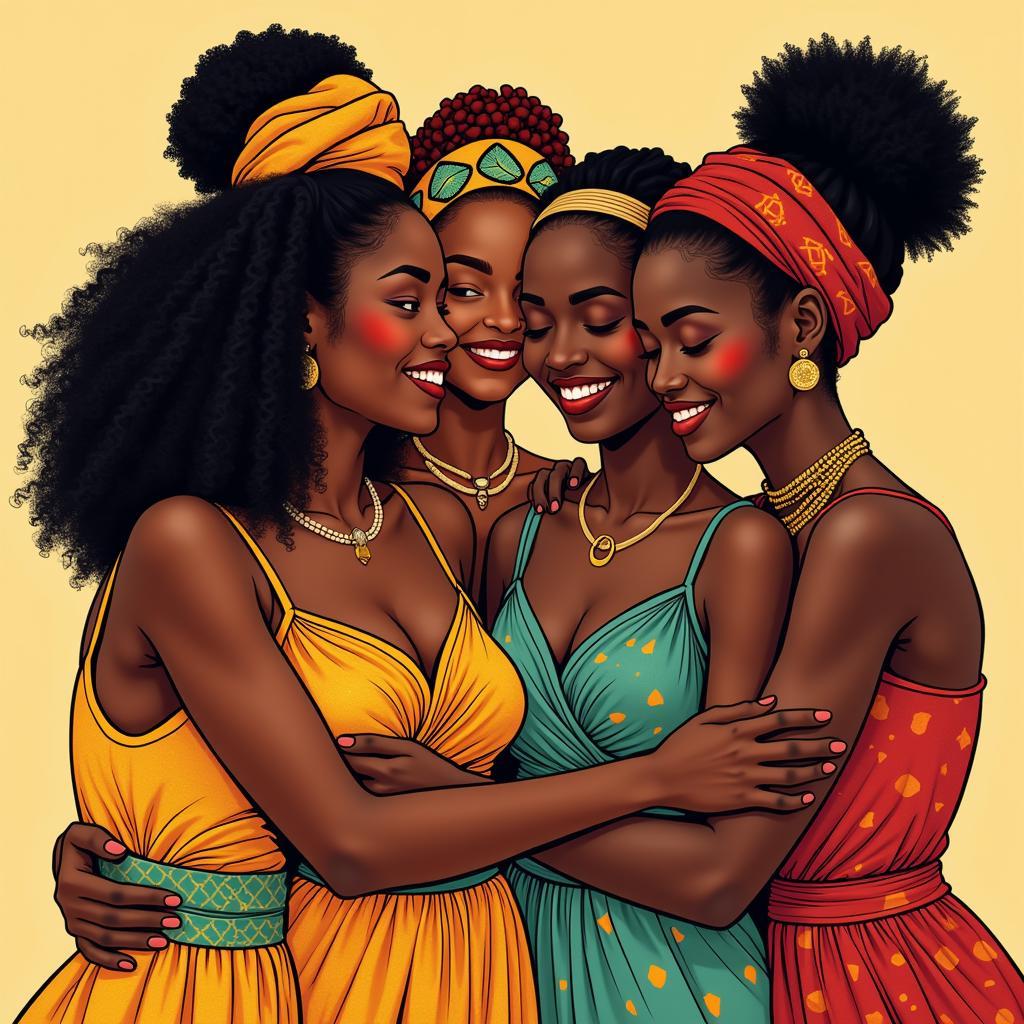African Dance Moves, Costumes & History: A Vibrant Tapestry
African dance moves, costumes, and history are intricately interwoven, creating a rich tapestry of cultural expression. From the rhythmic footwork of West African dances to the elaborate costumes of East African ceremonies, dance in Africa is more than just movement; it’s a powerful form of storytelling, a celebration of life, and a connection to ancestral spirits. This vibrant art form reflects the diverse traditions and histories of the continent’s numerous ethnic groups, offering a captivating glimpse into the heart of African culture.
Exploring the Diversity of African Dance Moves
African dance is incredibly diverse, varying significantly from region to region, reflecting the unique traditions and customs of each community. While some dances emphasize energetic footwork and intricate body isolations, others prioritize graceful movements and flowing gestures. Many dances incorporate elements of storytelling, mimicking everyday activities or depicting historical events. These movements, passed down through generations, are a living testament to the rich cultural heritage of the African continent.
West African Dance: Rhythmic Energy and Vibrant Expression
West African dance is known for its polyrhythmic music and dynamic movements. Dances like the Agbadza of Ghana, characterized by its fast tempo and complex footwork, embody the vibrant energy of the region. These dances often involve intricate interactions between dancers and drummers, creating a captivating performance that engages both participants and spectators.
East African Dance: Grace and Elegance in Motion
East African dance, on the other hand, often emphasizes grace and fluidity. Dances like the Intore of Rwanda, performed by highly skilled dancers with elegant leaps and precise movements, demonstrate the refined artistry of the region. These dances often accompany important ceremonies and rituals, adding a layer of cultural significance to their aesthetic beauty.
Southern African Dance: Storytelling Through Movement
Southern African dance frequently incorporates elements of storytelling. Dances often depict historical events, myths, or everyday activities, using stylized movements to convey narratives and emotions. The dances serve as a powerful means of preserving cultural memory and transmitting knowledge across generations.
The Significance of African Dance Costumes
African dance costumes are as diverse as the dance forms themselves. From vibrant fabrics and elaborate headdresses to simple adornments and body paint, costumes play a crucial role in enhancing the visual spectacle of African dance. They are not merely decorative elements but often carry symbolic meaning, representing social status, age, or spiritual affiliation. The choice of materials, colors, and patterns can reflect the specific cultural context of the dance.
Materials and Symbolism in African Dance Costumes
Many African dance costumes incorporate natural materials such as feathers, shells, animal hides, and plant fibers. These materials often carry symbolic significance, connecting the dancers to the natural world and their ancestral heritage. For example, feathers might symbolize spiritual power, while shells might represent prosperity or fertility.
The Evolution of African Dance Costumes
Over time, African dance costumes have evolved, influenced by both internal cultural shifts and external factors such as trade and colonialism. While traditional elements remain central to many costume designs, some contemporary dance troupes have incorporated modern materials and styles, reflecting the dynamic nature of African culture.
A Journey Through the History of African Dance
African dance has a long and fascinating history, dating back centuries. From ancient rituals and ceremonies to contemporary performances, dance has played a vital role in African societies. It has served as a means of communication, a form of spiritual expression, and a celebration of community. Understanding the history of African dance provides valuable insights into the cultural evolution of the continent.
Ancient Roots and Ritualistic Practices
Many African dances have their origins in ancient rituals and ceremonies. These dances often involved invoking spirits, celebrating harvests, or marking important life events such as births, marriages, and funerals. The dances were integral to the spiritual and social fabric of communities.
African Dance in the Modern Era
In the modern era, African dance continues to evolve and adapt. While traditional dance forms remain vibrant, contemporary African dance has emerged, blending traditional movements with modern influences. This fusion creates exciting new expressions of African identity and creativity.
Conclusion: The Enduring Power of African Dance
African dance moves, costumes, and history offer a compelling window into the rich cultural tapestry of the continent. From ancient rituals to modern performances, dance continues to play a vital role in African societies, expressing identity, preserving traditions, and celebrating the human spirit. By exploring the diverse forms and histories of African dance, we gain a deeper understanding and appreciation for the vibrant cultural heritage of this remarkable continent. Dive deeper into the world of African dance and discover its captivating power.
FAQs
-
What are some common characteristics of African dance? Many African dances emphasize polyrhythms, intricate footwork, and a close connection between music and movement.
-
What is the significance of costumes in African dance? Costumes enhance the visual spectacle and often carry symbolic meaning, representing social status, age, or spiritual affiliation.
-
How has African dance evolved over time? While traditional forms remain vibrant, contemporary African dance blends traditional movements with modern influences.
-
What are some examples of different African dance styles? Examples include the Agbadza of Ghana, the Intore of Rwanda, and various storytelling dances of Southern Africa.
-
Where can I learn more about African dance? Numerous resources, including books, documentaries, and online platforms, offer insights into the diverse world of African dance.
-
What is the cultural significance of African dance? African dance plays a vital role in preserving cultural heritage, expressing identity, and celebrating community.
-
How does African dance connect to history? Many dances depict historical events, myths, or everyday activities, serving as a powerful means of preserving cultural memory.
Common Scenarios and Questions
-
Scenario: Someone interested in learning an African dance.
- Question: What are some resources for learning African dance in my area?
-
Scenario: A researcher studying the history of African dance.
- Question: Are there any archives or libraries with collections related to African dance traditions?
-
Scenario: A traveler planning a trip to Africa.
- Question: Where can I experience authentic African dance performances during my travels?
Further Exploration
Explore more articles on our website related to:
- Traditional African Music Instruments
- African Art and Sculpture
- The History of African Storytelling
For any assistance, please contact us: Phone: +255768904061, Email: [email protected], or visit us at Mbarali DC Mawindi, Kangaga, Tanzania. We have a 24/7 customer support team.


